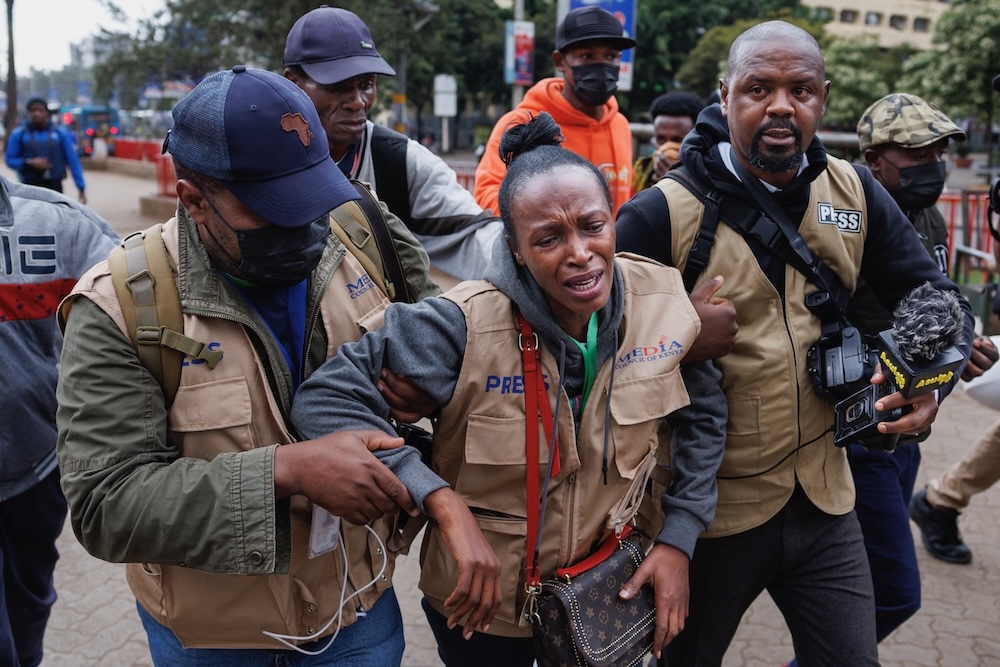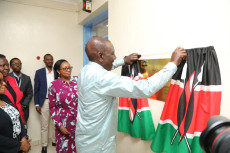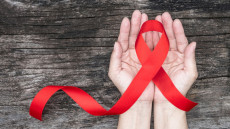- Female journalists must be particularly vigilant regarding the risk of molestation or sexual assault. Considering an escort can provide an extra layer of security.
The Media Council of Kenya emphasizes the importance of vigilance for female journalists covering demonstrations, where violence and gender-based aggression can manifest in various forms.
In light of recent events, the Council has provided essential safety tips to help journalists navigate these potentially dangerous situations.
Key Safety Tips
Dress for Comfort and Safety:
Journalists are advised to wear outfits that fit easily and comfortably, opting for closed shoes instead of high heels or open footwear. This ensures mobility and reduces the risk of injury.
Read More
Work in Trusted Groups:
Collaborating with trusted colleagues not only enhances safety but also allows for better support in case of emergencies. Keeping a safe distance from interviewees, security personnel, and protestors is crucial to avoiding unnecessary risks.
Stay Alert to External Threats:
Journalists should take any external threats seriously, evaluating their surroundings and making quick decisions to leave dangerous areas. It's vital to never place your life in the hands of third parties.
Carry Essential Safety Tools:
Having a whistle or a rape alarm easily accessible can be a lifesaver. Journalists should be prepared to shout for help and seek assistance from those nearby if they feel threatened, making it clear that they do not accept harassment.
Hydration and Health Precautions: Carrying water is essential not only for hydration but also to help neutralize the effects of tear gas. Staying hydrated is key to maintaining focus during high-stress situations.
The Council also offers further strategies for journalists and media practitioners:
Control Your Movements:
Maintain awareness of your surroundings and identify the safest positions from which to cover events. Recognizing escape routes—whether on foot or by car—is vital.
Monitor the Environment:
Be aware of the presence of any potential weapons and avoid areas with masked rioters, as they may attract police attention.
Observe Police Actions:
Stay vigilant regarding police movements that could trigger violent reactions, and avoid carrying weapons or dressing in a way that could raise suspicion.
Maintain Distance from Frontlines: Keeping away from the frontlines of both police and protestors can reduce the likelihood of confrontation.
Plan for Emergencies:
Make clear decisions about whether to stay or withdraw from a scene, and select prearranged positions for coverage. If tear gas or bullets are deployed, consider your exit strategy carefully.
Protective Gear:
Use protective gear where necessary and work in groups for added safety. Always carry identification, such as your Media Council and employer card.
Stay Prepared with Equipment:
Keep your pen and notebook in your pocket for quick access, and for photographers or cameramen, remember to lower your camera during tense moments.
Female journalists must be particularly vigilant regarding the risk of molestation or sexual assault. Considering an escort can provide an extra layer of security.
By following these guidelines, female journalists can better protect themselves while fulfilling their vital role in covering demonstrations and ensuring the public remains informed.












